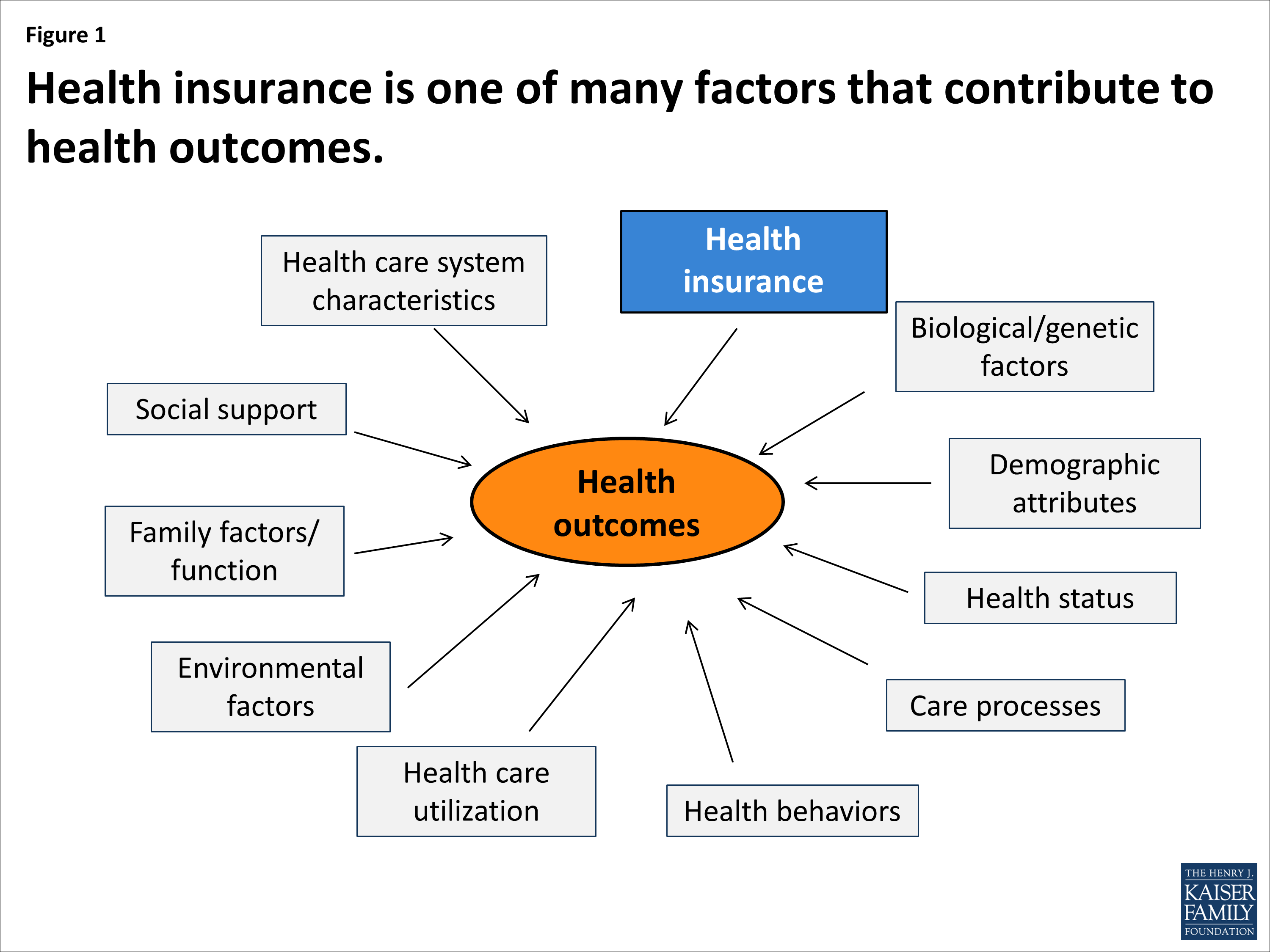The federal government may subsidize part of the premiums but the majority of insurance is provided by private companies. Germany's system, for example, includes both for-profit and not-for-profit insurance providers. Needing health insurance coverage has assisted some countries, consisting of Germany, the Netherlands, and Switzerland, attain universal coverage. In the U.S., the 2010 Affordable Care Act established a similar requirement and system.
The Tax Cuts and Jobs Act (TCJA) rescinded the charge, beginning in 2019. Some U.S. states (California, Massachusetts, New Jersey, Rhode Island, Vermont) and the District of Columbia levy their own charges on those who do not buy health insurance coverage. Since 2006, Massachusetts, for example, has needed its residents to have health insurance coverage or pay a fine.
Under a single-payer system, all health expenses are paid by the government utilizing tax revenue. This permits nations to control expenses, in part, by having the federal government play a more powerful function in negotiating prices for https://milliniiw0.doodlekit.com/blog/entry/10797026/how-to-take-care-of-your-mental-health-fundamentals-explained health care. Medical insurance is universal and offered by a single entity. However, medical care itself is offered by private-sector physicians and medical facilities.
In both of these nations, private-sector insurance providers likewise exist, however they play a minor role as companies of supplemental coverage. In these systems, both insurance and treatment are supplied by the government. In the UK's National Health Service, for example, the government owns the majority of the health centers and employs medical companies.
The Of What Is A Health Care Provider
Mingled systems are less common than single-payer ones. The coronavirus crisis has actually increased pressure on America's extremely intricate and costly health care system, making it more urgent to reduce expenses and perhaps offer universal healthcare - how does canadian health care work. In the U.S., the ACA increased the number of insured individuals, but has not achieved universal health care coverage.
adults without medical insurance stood at 13.7%. The other 86% of people have health insurance through a mix of government and personal insurance service providers. On the planet of employer-based insurance coverage, big companies frequently use a mix of private and self-insurance to cover a portion of their workers' health expenses. Likewise, because 2011, the federal government has actually provided rewards for personal insurance providers to complete against government programs such as Medicare by providing lower costs and more benefits to enrollees.
Receivers of Medicaid pick a personal insurance coverage prepare for which state and federal governments pay much of the costs. This mix of methods may encourage competitors and entrepreneurial chances, and deal consumers option and rewards to try to keep healthcare expenses down. However it leads to an extremely pricey health care system that falls brief in delivering universal care and on many procedures of public health. how did the patient protection and affordable care act increase access to health insurance?.
Universal health care is a system that supplies quality medical services to all citizens. The federal government offers it to everybody regardless of their capability to pay. The sheer expense of providing quality healthcare makes universal health care a large expense for governments. Most universal health care is funded by basic earnings taxes or payroll taxes.
Unknown Facts About Which Type Of Health Care Facility Employs The Most People In The U.s.?
However its health shipment system does have particular components, such as Medicare, Medicaid, and the Department of Veterans Affairs, that provide universal health care to particular populations. Decreases general healthcare expenses: The government controls the costs through settlement and guideline. Decreases administrative costs: Medical professionals only handle one federal government firm.
doctors spend 4 times as much as Canadians dealing with insurer. Forces healthcare facilities and medical professionals to supply the same standard of service at a low cost: In a competitive environment read more like the United States, healthcare companies must also focus on revenue. They do this by using the cutting edge.
They attempt to compete by targeting the rich. Produces a healthier workforce: Research studies show that preventive care reduces the requirement for pricey emergency clinic usage. Without access to preventive care, 46% of emergency room patients went because they had no other location to go. They used the emergency room as their primary care doctor.
Health education teaches households how to make healthy lifestyle options, avoiding persistent illness. Governments can impose guidelines and taxes to assist the population towards healthier choices: Regulations make unhealthy choices, such as drugs, unlawful. Sin taxes, such as those on cigarettes and alcohol, make them more costly. Healthy individuals spend for others' healthcare: Persistent diseases make up 90% of healthcare costs.
Not known Incorrect Statements About How To Qualify For Home Health Care

Individuals have less financial incentive to remain healthy: Without a copay, individuals may overuse emergency clinic and doctors. There are long wait times for optional procedures: The federal government focuses on supplying standard and emergency situation healthcare. Physicians may cut care to reduce costs if they aren't well paid by cost-cutting governments: For instance, physicians report Medicare payment cuts will force them to close many in-house blood testing labs - who is eligible for care within the veterans health administration?.
For example, some Canadian provinces invest almost 40% of their spending plans on health care. with a low possibility of success. This consists of drugs for uncommon conditions and pricey end-of-life care. In the United States, look after patients in the last 6 years of life makes up one-fourth of the Medicare spending plan.
Standardizes service. Produces a healthier workforce. Prevents future social expenses. Guides people to make much healthier options. Disadvantages Healthy people spend for the sickest. Individuals have less monetary incentive to remain healthy. Long haul times. Doctors might cut care to decrease costs. Health care costs overwhelm federal government budget plans. The federal government might restrict services that have a low likelihood of success There are 3 universal health care models.
Countries frequently integrate universal health protection with other systems to present competition. These alternatives can reduce expenses, expand option, or enhance care. People can also select much better services with supplemental private insurance coverage. The United States provides different models for populations such as the senior, veterans, and low-income people. In a single-payer system, the federal government supplies complimentary health care spent for with earnings from income taxes.
Not known Incorrect Statements About Who Led The Reform Efforts For Mental Health Care In The United States?
Every citizen has the very same access to care. This is called the Beveridge Design. When federal governments provide health care, they work to ensure medical professionals and medical facilities provide quality care at a sensible expense. They must gather and examine information. They can also use their acquiring power to influence health care providers.
Other countries include Spain, New Zealand, and Cuba. The United States offers Alcohol Detox it to veterans and military workers with the Department of Veterans Affairs and the militaries. Countries that utilize a social medical insurance design needs everyone to buy insurance, normally through their companies. The taxes enter into a government-run medical insurance fund that covers everybody.

The federal government manages health insurance prices. It also has a lot of influence to manage the private-providers' rates. Germany developed this system. France, Belgium, the Netherlands, Japan and Switzerland likewise use it. The U.S. Obamacare system also requires insurance coverage, however there are many exemptions. It is likewise comparable in that it offers aids to medical insurance companies for low-income enrollees.
Every resident pays into the national insurance strategy. Administrative expenses are lower since there is one insurance provider. The government has a great deal of utilize to require medical expenses down. Canada, Taiwan, and South Korea use this model. The U.S. Medicare, Medicaid, and TRICARE systems also utilize this model Australia has a blended health strategy.